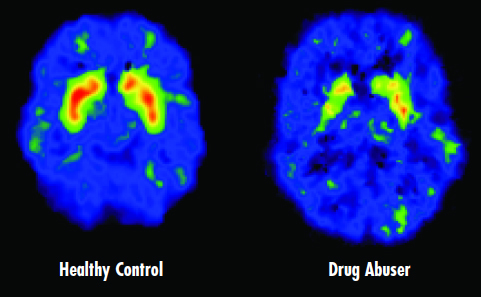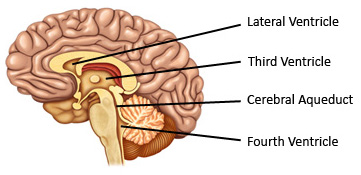

Spinal CSF leaks may also occur after certain procedures such as lumbar punctures, epidural anesthesia, or spinal surgery.Įvaluation of a suspected leak should include testing of rhinorrhea or otorrhea for beta-2 transferrin, a compound found only in CSF and perilymph making it a highly specific and sensitive test. If negative, there is a low likelihood of a leak. In one study, pituitary tumor resection made up nearly half of cases where tumor removal led to confirmed CSF leak. Neurosurgical interventions also contribute to iatrogenic leaks, especially with the increased prevalence of endoscopic transnasal pituitary surgeries.

Iatrogenic CSF leaks occur most frequently as sequelae to functional endoscopic sinus surgery with the cribriform plate and ethmoid bone being the most commonly injured, followed by the frontal and sphenoid sinuses. Rarely, injury and disruption to the orbit can result in CSF occulorrhea. Less frequently, fractures of the temporal bone are associated with dural disruption which can also result in CSF leak. Thus, trauma can easily disrupt both osseous structures and dura. The cribriform plate, ethmoid bone, and frontal and sphenoid sinuses are thin and closely associated with the dura. They are, thus, more commonly associated with CSF leak compared to injuries to other locations due to the generally more extensive force of trauma, such as involvement in a motor vehicle accident. Ĭraniofacial trauma can lead to varied presentations of CSF leak, determined primarily by injury location and mechanism of action. Anterior skull base fractures are frequently associated with moderate-to high-velocity impact.

Iatrogenic causes make up 16% of CSF leaks, with the last 4% of leaks due to varied etiologies, including spontaneous leak and congenital defects. The most common cause of leaking cerebrospinal fluid is a structural compromise secondary to craniofacial trauma, making up 80% of CSF leaks. This activity reviews the etiology, presentation, evaluation, and management of CSF leaks, and reviews the role of the interprofessional team in evaluating, diagnosing, and managing the condition.Ī cerebrospinal fluid leak can occur whenever there is open communication between the subarachnoid space and other spaces via meningeal disruption. Open communication of the subarachnoid space with CSF leak presents a pathway for life-threatening CNS infection including meningitis. Additionally, the presence of CSF leak indicates the need for further evaluation and management as it may be due to a frontobasilar or temporal skull fracture. A leak in this system, therefore, can be detrimental to brain blood supply and function and can increase the risk of direct trauma to brain parenchyma due to loss of fluid cushion. CSF regulates central nervous system temperature, cushions the brain and spinal cord, and provides a delicately balanced buoyant force that allows the brain to retain its shape and circulatory integrity despite its weight and lack of intrinsic rigid support. It is found in the ventricles, surrounding the brain, and within the central spinal column. Cerebrospinal fluid (CSF) is a clear protein- and glucose-rich liquid in the subarachnoid space of the central nervous system.


 0 kommentar(er)
0 kommentar(er)
